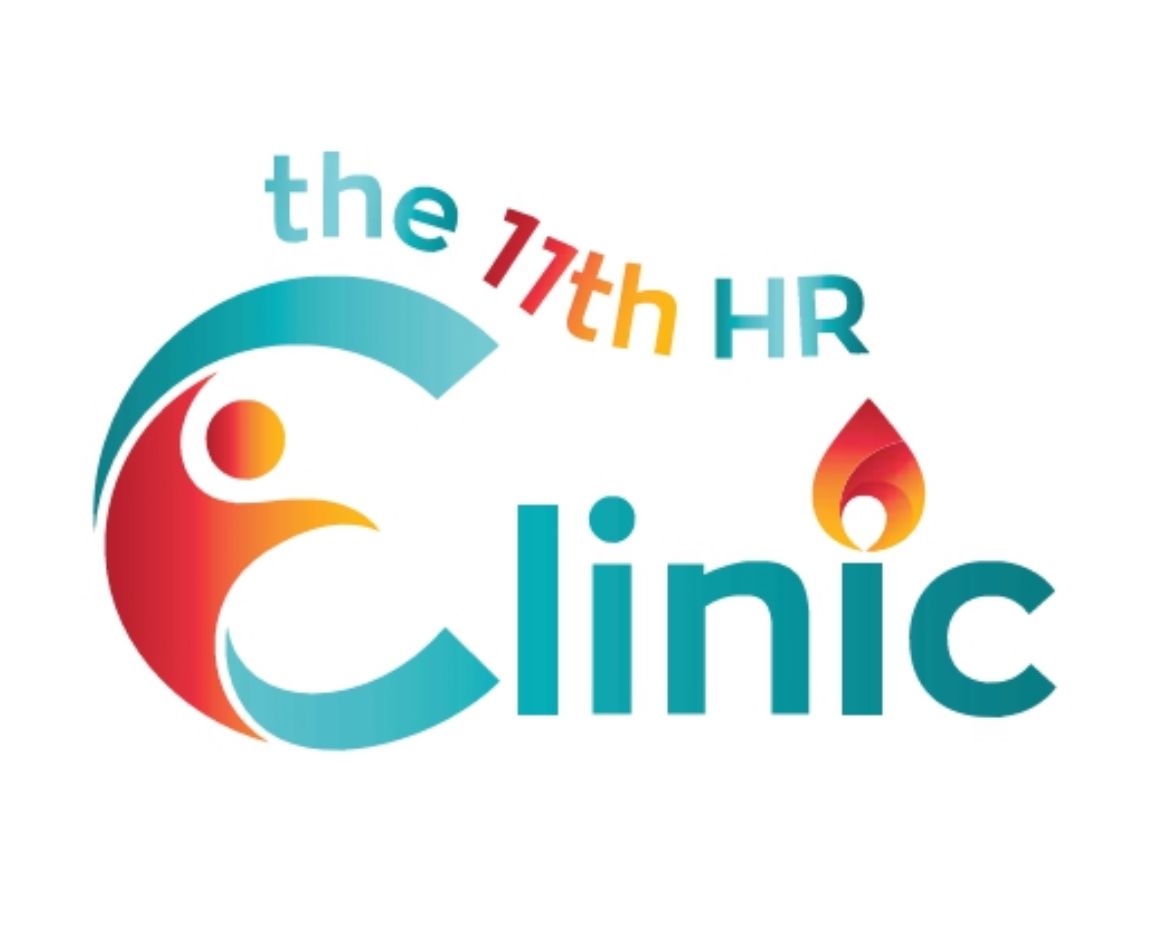The Early Signs We Miss: Subtle Indicators of Strain at Work
Why noticing small shifts in behaviour can prevent bigger problems down the track
Workplace mental health issues rarely appear overnight. More often, they begin quietly with subtle changes in mood, behaviour, or performance that are easy to overlook. By the time strain becomes obvious, employees may already be approaching burnout, disengagement, or long-term absence. At the 11th hour clinic, we see the difference early recognition can make. When organisations and colleagues learn to notice the early signs of strain, they can provide support before issues escalate.
The hidden nature of strain at work
Employees often mask their struggles. Fear of stigma, concerns about job security, and cultural pressures to “push through” mean many choose silence. Research shows workers frequently downplay distress until it becomes critical, especially in high-performance environments (Harvey et al., 2017). Strain does not always manifest as dramatic breakdowns. It often shows up as small, cumulative changes: slightly lower energy, subtle withdrawal, or reduced concentration. In hybrid and remote work contexts, these signals are even harder to spot (Oakman et al., 2020).
Subtle indicators to look for
While each person is different, there are common early warning signs that a colleague may be struggling:
- Behavioural changes: reduced participation in meetings, turning cameras off, avoiding collaboration, or declining initiative.
- Emotional shifts: irritability, loss of humour, increased sensitivity to feedback, or seeming “flat.”
- Cognitive strain: forgetfulness, indecision, or noticeable difficulty focusing on tasks.
- Physical cues: frequent fatigue, more sick days, or appearing run-down.
None of these signals alone prove a mental health problem but patterns matter. When small changes persist or accumulate, it’s worth checking in.
Why workplaces often miss the signs
Many organisations unintentionally overlook early signs of strain. Some common reasons include:
- Output focus over wellbeing – if work is getting done, struggles remain invisible.
- Hybrid/remote barriers – body language and informal conversations are harder to observe.
- Lack of training – managers and colleagues may not feel equipped to interpret subtle shifts.
- Normalisation of stress – workplaces that glorify “busyness” may dismiss warning signs as standard.
This means issues are often only identified once performance drops sharply or an employee takes extended leave (Dimoff & Kelloway, 2019).
Early intervention matters
Early recognition and action can change outcomes dramatically. But this does not happen by chance. It requires education and awareness at every level of the workplace.
- Employees benefit from learning how to recognise their own early warning signs and understanding that reaching out is a strength, not a weakness. Training in self-monitoring, peer support, and help-seeking pathways empowers individuals to act before issues escalate (Joyce et al., 2016).
- Managers and leaders need tailored education on identifying subtle indicators in others, initiating supportive conversations, and knowing where and how to connect staff with resources (Dimoff & Kelloway, 2019). This is not about managers acting as therapists, but about equipping them with confidence to respond early and appropriately.
Research shows that workplaces investing in mental health education see
increased help-seeking, faster recovery, and reduced long-term costs (Martin et al., 2009; Richardson & Rothstein, 2008). Early intervention works best when it is understood as a
shared responsibility, with both leaders and employees knowing the signs and the next steps.
Practical steps for workplaces
- Train leaders and staff to notice early signs. Awareness increases confidence in having supportive conversations (Dimoff & Kelloway, 2019).
- Encourage check-ins. A quick “How are you, really?” can open dialogue.
- Normalise conversations about wellbeing. Reduce stigma by making mental health part of everyday discussions.
- Create clear referral pathways. Employees should know how to access EAPs, clinics, or health services without barriers.
- Balance performance and care. Make it clear that wellbeing is valued as much as output.
A culture of noticing
Recognising subtle strain is not about pathologising normal ups and downs. It’s about cultivating a culture of care and attentiveness. In these environments:
- Employees feel safe to share when they are not coping.
- Peers look out for each other and check in when changes are noticed.
- Leaders model openness, showing that acknowledging difficulties is normal and respected.
- Wellbeing is considered as essential to performance, not separate from it.
Culture sets the tone. If strain is dismissed or minimised, employees will stay silent. But if care and curiosity are part of everyday interactions, even small changes spark conversations rather than avoidance. Over time, this culture builds trust, resilience, and loyalty, reducing turnover, absenteeism, and the human cost of burnout (Schaufeli & Taris, 2014; Stansfeld & Candy, 2006).
At the 11th hour clinic, we work with organisations to foster this culture of noticing where prevention, early intervention, and recovery are woven into the fabric of work. Because when care becomes culture, employees are not left to struggle alone.
Feeling tired, flat, or unlike yourself doesn’t mean you’re failing, it means you’re human. The earlier you reach out, the easier it is to get back on track. If you’ve noticed some of these early signs in yourself, you don’t need to wait until things get worse. Taking action early makes recovery easier and we’re here to help. You can book a confidential appointment online today.
References
Carmeli, A., & Gittell, J. H. (2009). High‐quality relationships, psychological safety, and learning from failures in work organizations. Journal of Organizational Behavior, 30(6), 709–729.
Dimoff, J. K., & Kelloway, E. K. (2019). With a little help from my boss: The impact of workplace mental health training on leader behaviors and employee resource utilization. Journal of Occupational Health Psychology, 24(1), 4–19.
Frazier, M. L., Fainshmidt, S., Klinger, R. L., Pezeshkan, A., & Vracheva, V. (2017). Psychological safety: A meta‐analytic review and extension. Personnel Psychology, 70(1), 113–165.
Harvey, S. B., Modini, M., Joyce, S., Milligan-Saville, J. S., Tan, L., Mykletun, A., ... & Mitchell, P. B. (2017). Can work make you mentally ill? A systematic meta-review of work-related risk factors for common mental health problems. Occupational and Environmental Medicine, 74(4), 301–310.
Joyce, S., Modini, M., Christensen, H., & Mykletun, A. (2016). Workplace interventions for common mental disorders: A systematic meta-review. Psychological Medicine, 46(4), 683–697.
Martin, A., Sanderson, K., & Cocker, F. (2009). Meta-analysis of the effects of health promotion intervention in the workplace on depression and anxiety symptoms. Scandinavian Journal of Work, Environment & Health, 35(1), 7–18.
Oakman, J., Kinsman, N., Stuckey, R., Graham, M., & Weale, V. (2020). A rapid review of mental and physical health effects of working at home: How do we optimise health? BMC Public Health, 20(1), 1825.
Richardson, K. M., & Rothstein, H. R. (2008). Effects of occupational stress management intervention programs: A meta-analysis. Journal of Occupational Health Psychology, 13(1), 69–93.
Schaufeli, W. B., & Taris, T. W. (2014). A critical review of the Job Demands-Resources Model: Implications for improving work and health. Bridging Occupational, Organizational and Public Health, 43(1), 43–68.
Stansfeld, S., & Candy, B. (2006). Psychosocial work environment and mental health - A meta-analytic review. Scandinavian Journal of Work, Environment & Health, 32(6), 443–462.



